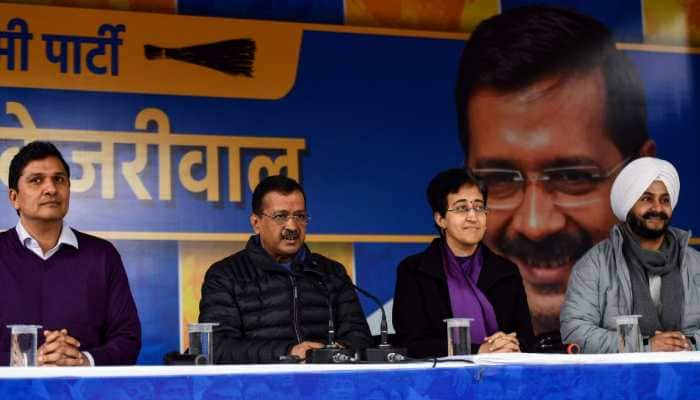DNA Exclusive: No, Gyanvapi Mosque Was Not Built After Demolishing Temple; It Was...
Even today, what is called a mosque is, in reality, a Hindu temple, not a mosque.
Trending Photos
)
In today's DNA, Ram Mohan Sharma analysed the Kashi Vishwanath-Gyanvapi row. The ASI survey report in the knowledge-intensive area has been made public. You must be aware that it is being concluded that initially, before the construction of the Gyanvapi Masjid, there was an ancient Hindu temple at that site. However, this is not true. Because the ASI survey report, documented in 839 pages, clearly states that the Gyanvapi Masjid was not built by demolishing a Hindu temple. Instead, the structure of the temple was changed, and it was converted into a mosque. Even today, what is called a mosque is, in reality, a Hindu temple, not a mosque. In simple terms, the temple was not destroyed but transformed into a mosque by altering its structure and concealing it. We will prove this based on the ASI survey report.
Zee News currently possess the ASI survey report, and today it will show you every piece of evidence presented in this report, proving that the Babri Masjid was originally a Hindu temple.
नीतीश की 'पलटीमार' राजनीति का DNA टेस्ट
ज्ञानवापी मस्जिद के ASI सर्वे का 'तार्किक विश्लेषण'
गणतंत्र दिवस पर दिखा भारत का दम
देखिए DNA LIVE @ramm_sharma के साथ
#DNA #GyanvapiCase #ASIReport #NitishKumar #BiharPolitics #RepublicDay2024 #ZeeLive https://t.co/ebYjxjLHb9 — Zee News (@ZeeNews) January 26, 2024
A noteworthy point is that all the fragmented sculptures of Hindu deities were found in the Western Chamber of the mosque. They were discovered buried under the ground in trench S-2. This suggests that during the conversion of the Hindu temple into a mosque, the sculptures of Hindu deities were likely uprooted or damaged and then hidden in the Western Chamber. There are two major reasons behind this. Firstly, idol worship is prohibited in Islam. Secondly, there was an attempt to erase evidence of the mosque being originally a Hindu temple, and this attempt was successful for nearly three centuries. However, the ASI survey has now revealed the truth.
During the survey, a broken inscription was found. The image of this inscription was also recorded by the ASI in 1965-66. You are currently seeing both images on your TV screen. The inscription in Persian on the broken slab is also explained in the ASI report. It mentions that Hazrat Alamgir, meaning the Mughal Emperor Aurangzeb, constructed the mosque in the 1676-77 period. The inscription also states that the mosque underwent repairs in the year 1792-93.
Now, it is essential to note that there is a difference between the recent and the 1965 images. Both images have six lines written in Persian on the slab. In the old image, all lines are clear, while in the recent image, an attempt has been made to erase two lines. The ASI report also mentions that the last two lines on this inscription were intentionally erased, and this erasure occurred after 1965.
Stay informed on all the latest news, real-time breaking news updates, and follow all the important headlines in india news and world News on Zee News.
Live Tv







)
)
)
)
)
)
)
)
)
)
